#revolute
Explore tagged Tumblr posts
Text

BOYCOTT AIRBNB
These people are trying to take over every aspect of our lives.
#anti billionaire#anti capitalism#fuck elon musk#fuck trump#america 2025#politics#revolution#resist#elon musk#resistance#fuck Airbnb#boycott#boycott Airbnb
52K notes
·
View notes
Text

58K notes
·
View notes
Text

Fanciest Feast
#artists on tumblr#art#original#guillotine#cat#cats#digital art#juxtaposition#feline#cherubs#wealthy#gold#feeding time#French#revolution#painting#illustration#enshittification#might take a couple tries#but it looks nice and that’s all that matters right?#amusement ride that less than 3000 people can afford.#I wonder if there’s a list somewhere /j
20K notes
·
View notes
Text
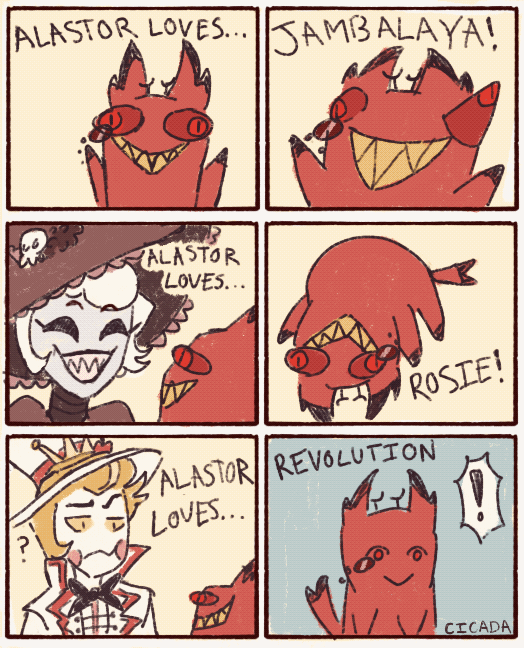
I can’t get him out of my head
#I drew this on a whim#worth every second#revolution cat Alastor seemed a bit more cursed than cursed cat Alastor lmaoo#ponyo#hazbin hotel#cursed alastor cat#cursed cat alastor#hazbin hotel alastor#alastor#hazbin hotel rosie#rosie#hazbin hotel lucifer#lucifer morningstar#lucifer magne#hazbin hotel comic#hazbin hotel fanart#art#cicadaart
31K notes
·
View notes
Text
if the claims adjuster was actually an anti-woke libertarian that's fully hilarious. dude's gonna get off scot-free once the conspiracy theories about government false-flag crisis actors get off the ground.
10K notes
·
View notes
Text







7K notes
·
View notes
Text

✫・゚*.2006・゚✫*.
#2006#flickr#digital archiving#digitalmemoriez#2000s nostalgia#nostalgic#image archiving#nostalgia#ddr#cat#kitty#cute#pet#rythm game#2000s#dance dance revolution
10K notes
·
View notes
Text
These are the coolest visuals doctor who has ever done and I'm not kidding
#mainstream genre tv needs to do some house 1977 shit more often#doctor who#doctor who spoilers#the robot revolution
6K notes
·
View notes
Text
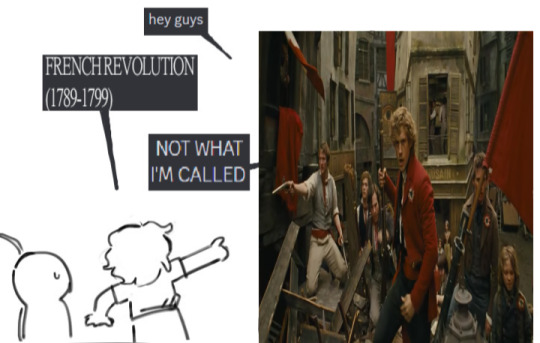
a common misconception
#to be fair enjolras does yell FRENCH REVOLUTION at the french guard anyway#les mis#june uprising of 1832
3K notes
·
View notes
Text
A series of posts from the Alt National Parks Page regarding Elon Musks take over.









#fuck elon musk#elon musk#america 2025#anti billionaire#anti capitalism#fuck trump#revolution#politics#witchblr#grassroots#national park
12K notes
·
View notes
Text
Disability benefits shouldn’t be tied to the income of a disabled person’s partner/spouse/parent.
Do you hear me?
DISABILITY BENEFITS SHOULDN’T BE TIED TO THE INCOME OF A DISABLED PERSON’S PARTNER/SPOUSE/PARENT.
This is the straight forward way to deprive a disabled person of their financial freedom and independence and trap them into possible abusive relationships.
#cripple punk#disability#cpunk#cripple#crip revolution#crip punk#disability justice#disability rights#disability pride#disability benefits#financial independence#actually disabled#disabled blogger
16K notes
·
View notes
Text

King Slayer
.::: it's summoning :::.
#artists on tumblr#art#drawing#procreate#guillotine#French#revolution#eat the rich#billionaire summoning#digital art#illustration#viva la revolución#gothic
7K notes
·
View notes
Text
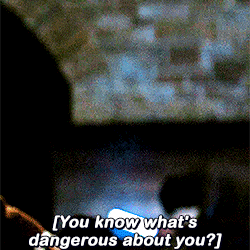
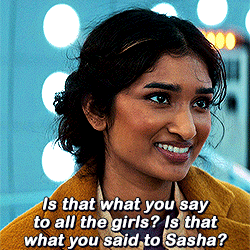
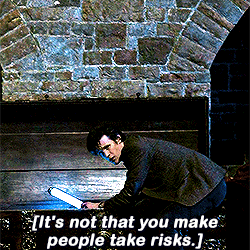



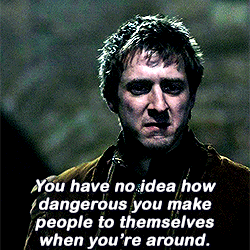
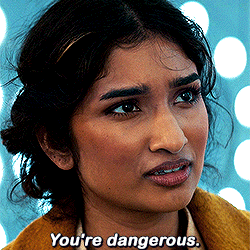
5.06 The Vampires Of Venice 15.02 The Robot Revolution
#my gifs#doctor who#dw spoilers#doctor who spoilers#dwedit#doctorwhoedit#dwgif#belinda chandra#rory williams#eleventh doctor#fifteenth doctor#the vampires of venice#the robot revolution#tvarchive#filmtvtoday#useralien#usertreena#userobiwans#usersray#tuserju#tuserecho#userroh#sparklingdocta#userblorbo#comfortblr#not the proudest of my coloring in elevens gifs but if you see the original scene it is a lot better
4K notes
·
View notes
Text
"With Donald Trump set to take office after a fear-mongering campaign that reignited concerns about his desire to become a dictator, a reasonable question comes up: Can nonviolent struggle defeat a tyrant?
There are many great resources that answer this question, but the one that’s been on my mind lately is the Global Nonviolent Action Database, or GNAD, built by the Peace Studies department at Swarthmore College. Freely accessible to the public, this database — which launched under my direction in 2011 — contains over 1,400 cases of nonviolent struggle from over a hundred countries, with more cases continually being added by student researchers.
At quick glance, the database details at least 40 cases of dictators who were overthrown by the use of nonviolent struggle, dating back to 1920. These cases — which include some of the largest nations in the world, spanning Europe, Asia, Africa and Latin America — contradict the widespread assumption that a dictator can only be overcome by violence. What’s more, in each of these cases, the dictator had the desire to stay, and possessed violent means for defense. Ultimately, though, they just couldn’t overcome the power of mass nonviolent struggle.
In a number of countries, the dictator had been embedded for years at the time they were pushed out. Egypt’s Hosni Mubarak, for example, had ruled for over 29 years. In the 1990s, citizens usually whispered his name for fear of reprisal. Mubarak legalized a “state of emergency,” which meant censorship, expanded police powers and limits on the news media. Later, he “loosened” his rule, putting only 10 times as many police as the number of protesters at each demonstration.
The GNAD case study describes how Egyptians grew their democracy movement despite repression, and finally won in 2011. However, gaining a measure of freedom doesn’t guarantee keeping it. As Egypt has shown in the years since, continued vigilance is needed, as is pro-active campaigning to deepen the degree of freedom won.
Some countries repeated the feat of nonviolently deposing a ruler: In Chile, the people nonviolently threw out a dictator in 1931 and then deposed a new dictator in 1988. South Koreans also did it twice, once in 1960 and again in 1987. (They also just stopped their current president from seizing dictatorial powers, but that’s not yet in the database.)
In each case people had to act without knowing what the reprisals would be...
It’s striking that in many of the cases I looked at, the movement avoided merely symbolic marches and rallies and instead focused on tactics that impose a cost on the regime. As Donald Trump wrestles to bring the armed forces under his control, for example, I can imagine picketing army recruiting offices with signs, “Don’t join a dictator’s army.”
Another important takeaway: Occasional actions that simply protest a particular policy or egregious action aren’t enough. They may relieve an individual’s conscience for a moment, but, ultimately, episodic actions, even large ones, don’t assert enough power. Over and over, the Global Nonviolent Action Database shows that positive results come from a series of escalating, connected actions called a campaign...
-via Waging Nonviolence, January 8, 2025. Article continues below.
East Germany’s peaceful revolution
When East Germans began their revolt against the German Democratic Republic in 1988, they knew that their dictatorship of 43 years was backed by the Soviet Union, which might stage a deadly invasion. They nevertheless acted for freedom, which they gained and kept.
Researcher Hanna King tells us that East Germans began their successful campaign in January 1988 by taking a traditional annual memorial march and turning it into a full-scale demonstration for human rights and democracy. They followed up by taking advantage of a weekly prayer for peace at a church in Leipzig to organize rallies and protests. Lutheran pastors helped protect the organizers from retaliation and groups in other cities began to stage their own “Monday night demonstrations.”
The few hundred initial protesters quickly became 70,000, then 120,000, then 320,000, all participating in the weekly demonstrations. Organizers published a pamphlet outlining their vision for a unified German democracy and turned it into a petition. Prisoners of conscience began hunger strikes in solidarity.
By November 1988, a million people gathered in East Berlin, chanting, singing and waving banners calling for the dictatorship’s end. The government, hoping to ease the pressure, announced the opening of the border to West Germany. Citizens took sledgehammers to the hated Berlin Wall and broke it down. Political officials resigned to protest the continued rigidity of the ruling party and the party itself disintegrated. By March 1990 — a bit over two years after the campaign was launched — the first multi-party, democratic elections were held.
Students lead the way in Pakistan
In Pakistan, it was university students (rather than religious clerics) who launched the 1968-69 uprising that forced Ayub Khan out of office after his decade as a dictator. Case researcher Aileen Eisenberg tells us that the campaign later required multiple sectors of society to join together to achieve critical mass, especially workers.
It was the students, though, who took the initiative — and the initial risks. In 1968, they declared that the government’s declaration of a “decade of development” was a fraud, protesting nonviolently in major cities. They sang and marched to their own song called “The Decade of Sadness.”
Police opened fire on one of the demonstrations, killing several students. In reaction the movement expanded, in numbers and demands. Boycotts grew, with masses of people refusing to pay the bus and railway fares on the government-run transportation system. Industrial workers joined the movement and practiced encirclement of factories and mills. An escalation of government repression followed, including more killings.
As the campaign expanded from urban to rural parts of Pakistan, the movement’s songs and political theater thrived. Khan responded with more violence, which intensified the determination among a critical mass of Pakistanis that it was time for him to go.
After months of growing direct action met by repressive violence, the army decided its own reputation was being degraded by their orders from the president, and they demanded his resignation. He complied and an election was scheduled for 1970 — the first since Pakistan’s independence in 1947.
Why use nonviolent struggle?
The campaigns in East Germany and Pakistan are typical of all 40 cases in their lack of a pacifist ideology, although some individuals active in the movements had that foundation. What the cases do seem to have in common is that the organizers saw the strategic value of nonviolent action, since they were up against an opponent likely to use violent repression. Their commitment to nonviolence would then rally the masses to their side.
That encourages me. There’s hardly time in the U.S. during Trump’s regime to convert enough people to an ideological commitment to nonviolence, but there is time to persuade people of the strategic value of a nonviolent discipline.
It’s striking that in many of the cases I looked at, the movement avoided merely symbolic marches and rallies and instead focused on tactics that impose a cost on the regime. As Donald Trump wrestles to bring the armed forces under his control, for example, I can imagine picketing army recruiting offices with signs, “Don’t join a dictator’s army.”
Another important takeaway: Occasional actions that simply protest a particular policy or egregious action aren’t enough. They may relieve an individual’s conscience for a moment, but, ultimately, episodic actions, even large ones, don’t assert enough power. Over and over, the Global Nonviolent Action Database shows that positive results come from a series of escalating, connected actions called a campaign — the importance of which is also outlined in my book “How We Win.”
As research seminar students at Swarthmore continue to wade through history finding new cases, they are digging up details on struggles that go beyond democracy. The 1,400 already-published cases include campaigns for furthering environmental justice, racial and economic justice, and more. They are a resource for tactical ideas and strategy considerations, encouraging us to remember that even long-established dictators have been stopped by the power of nonviolent campaigns.
-via Waging Nonviolence, January 8, 2025.
#Chile#Egypt#Germany#Pakistan#Protests#United States#us politics#fuck trump#authoritarianism#revolution#nonviolence#nonviolent resistance#protest#america#protests#democracy#elections#trump administration#good news#hope#hopepunk#hope posting
5K notes
·
View notes
Text







DOCTOR WHO The Robot Revolution
#dw spoilers#doctor who#dwedit#timelordgifs#tvedit#varadu sethu#belinda chandra#ncuti gatwa#fifteenth doctor#season 2#new who#the robot revolution#thelvadams.gifs#delicious doctor/companion conflict
4K notes
·
View notes